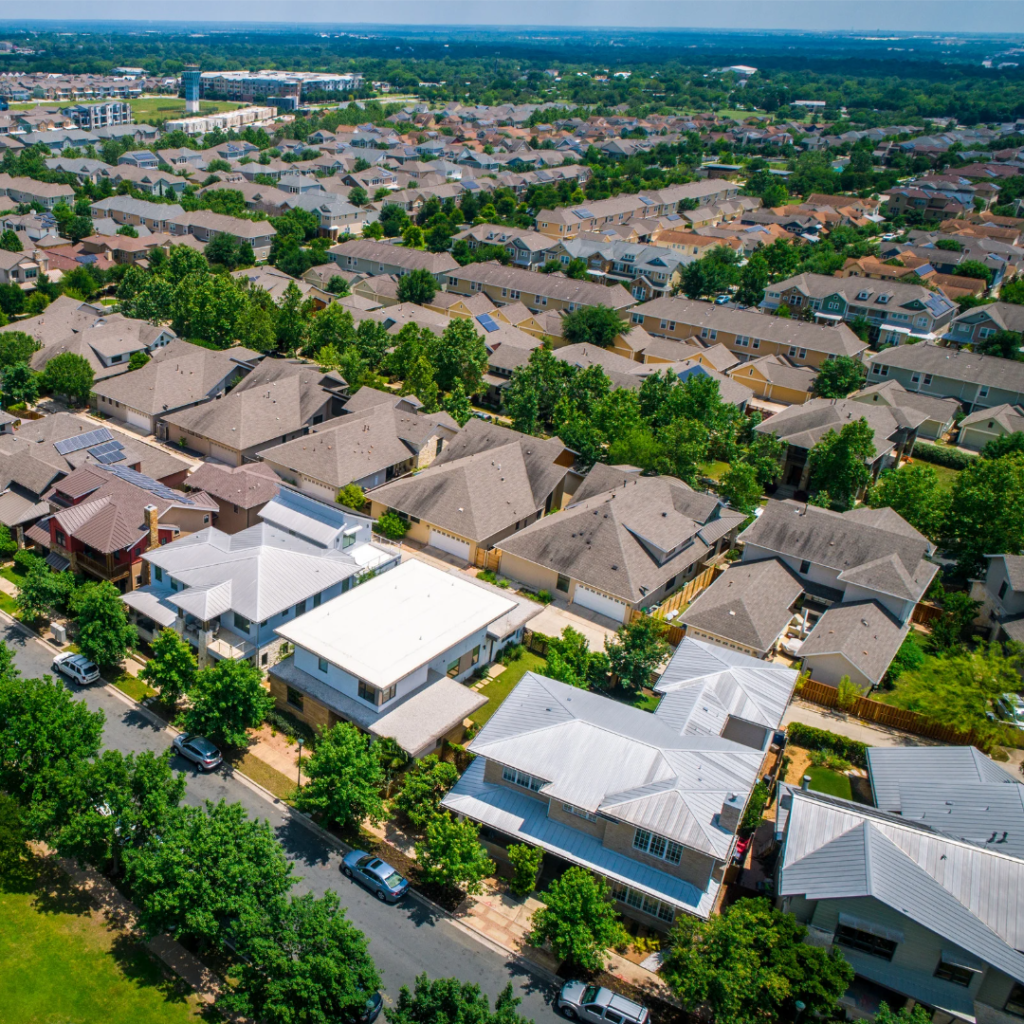The future of residential real estate in major cities is a topic that has been on the minds of many people, especially those who are considering purchasing property in these areas. Major cities have traditionally been the hub of economic activity, cultural events, and entertainment, attracting people from all over the world. However, the COVID-19 pandemic has caused a major shift in the way people view urban living, and this has had a significant impact on the real estate market.
One of the biggest trends in the future of residential real estate in major cities is the increased demand for space. The pandemic has led to a significant increase in remote work, and many people are now looking for homes that offer more space for a home office or a dedicated workspace. This has led to an increased demand for larger homes, especially those with extra rooms or a home office.
Another trend that is likely to shape the future of residential real estate in major cities is the rise of smart homes. Smart homes are equipped with advanced technology that allows residents to control various aspects of their homes remotely, such as temperature, lighting, and security. As more people become accustomed to the convenience of smart homes, they are likely to become a standard feature in new residential developments.
The pandemic has also led to an increased demand for outdoor space, such as balconies, patios, and rooftop decks. With many people spending more time at home, having access to outdoor space has become more important than ever. Developers are taking notice of this trend and are incorporating outdoor spaces into their designs.
Sustainability is another trend that is likely to shape the future of residential real estate in major cities. With climate change becoming an increasingly urgent issue, more people are looking for homes that are environmentally friendly and energy-efficient. Developers are responding to this demand by incorporating sustainable features into their designs, such as solar panels, green roofs, and rainwater harvesting systems.
Finally, the pandemic has led to a significant shift in the way people view urban living. With many people now able to work remotely, they are no longer tied to living in major cities for work. This has led to an increased interest in suburban and rural areas, where residents can enjoy more space and a quieter way of life. However, major cities are likely to remain attractive to many people, especially those who value the cultural and entertainment opportunities that these areas offer.
In conclusion, the future of residential real estate in major cities is likely to be shaped by a number of trends, including an increased demand for space, the rise of smart homes, the demand for outdoor space, sustainability, and a shift in the way people view urban living. Developers who are able to incorporate these trends into their designs are likely to be successful in the years to come. However, it is important to remember that the real estate market is always changing, and it is impossible to predict exactly what the future holds.

Joseph Gozlan

Investment Properties Advisor
Email: Joseph@Wisdom.TXcom
Direct: (469) 443.6336
Language/s: English, Hebrew
